

OXYGEN 2 AND OXYGEN 2+: SAFETY NOTICE
Published on:
06 Jun 2019
Concerning all Oxygen 2 and Oxygen 2+ harnesses.
It has been reported that during a static deployment there were difficulties removing the handle from the Velcro attachment, making it impossible to deploy the reserve successfully.
We would like to remind pilots that over time, the male and female parts of Velcro can bind together very tightly. For this reason we strongly recommend as part of the daily and pre flight checks – and at the same time as checking the reserve pin – that the handle is pulled free from the female Velcro attachment on the side of the harness and replaced. Repeating this process several times can weaken the binding effect and make the parachute deployment process easier.
In addition, pilots must cut off the female Velcro flap that holds the front part of the handle to the harness as shown. This will reduce the overall level of friction in the system.

As part of the daily check, remove and replace the handle several times.
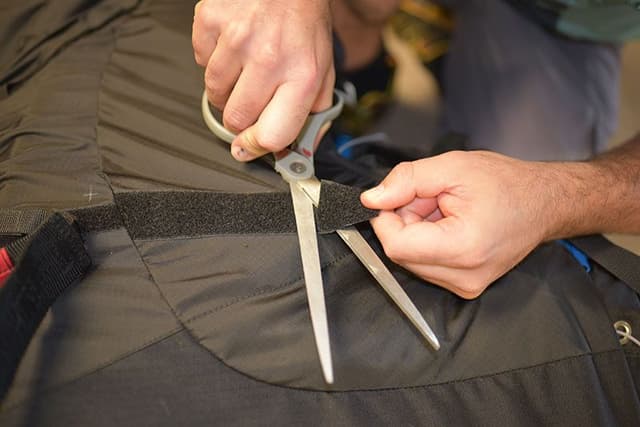
Cut off the extra Velcro flap in front of the stitching.
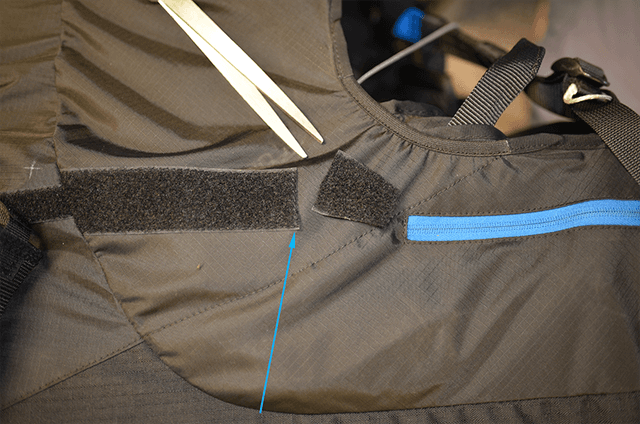
Ensure to leave the stitching in place.
In case of bad mounting or routing of the deployment handle, it is possible for the deployment handle strap to come under tension before the pin is removed, thus restricting the extraction of the pin. Attaching the handle to the attachment point on the side of the deployment bag, and ensuring the handle is routed correctly reduces the chances of this occurring. We advise therefore to attach the deployment handle to the attachment point located on the side of the deployment pod (if you have one) and to confirm that the pin is removed before the deployment strap comes under tension.
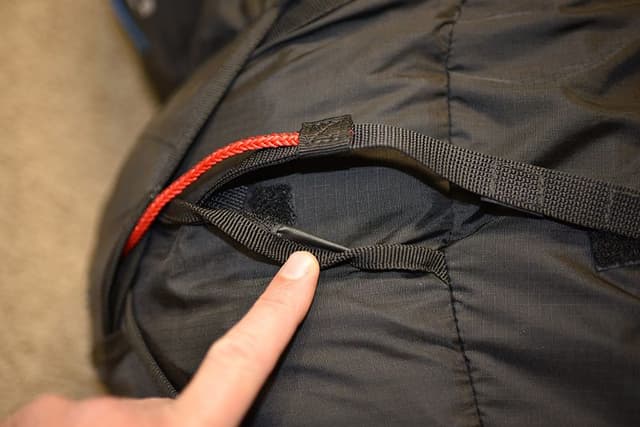
Incorrect, make sure the strap is routed below the small Velcro patch.
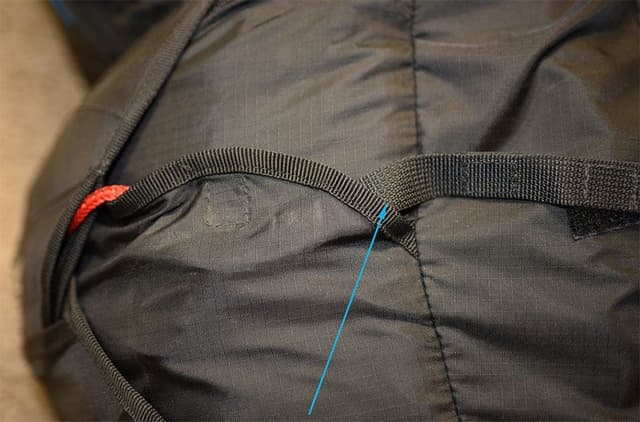
Correctly routed.
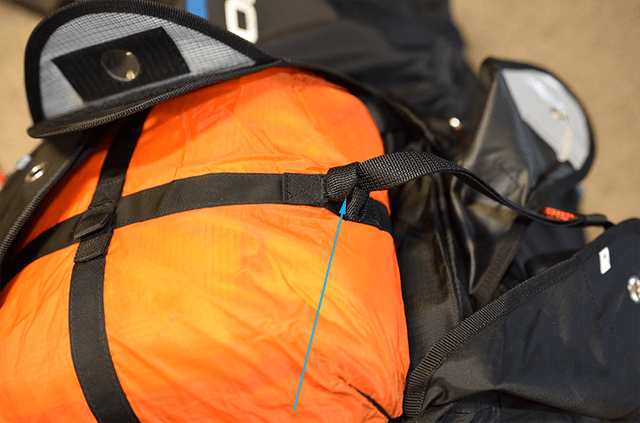
It is advised to attach the deployment handle to the loop on the side of the deployment bag.
Remember to thoroughly check your harness and entire reserve system on a regular basis. Carry out practice deployments on a regular basis to ensure the system if functioning correctly.
